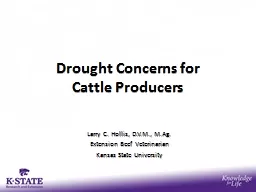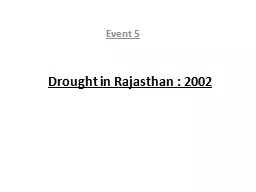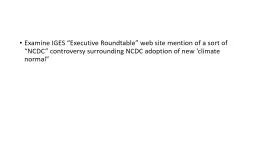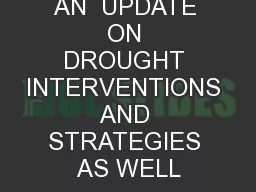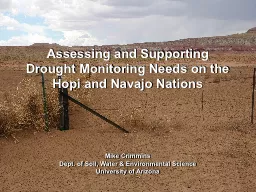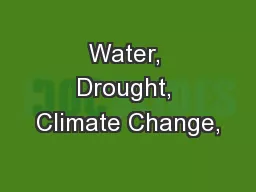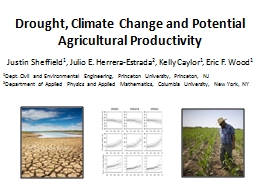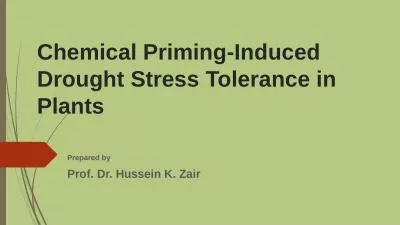PPT-Drought Concerns for Cattle Producers
Author : aaron | Published Date : 2018-10-23
Larry C Hollis DVM MAg Extension Beef Veterinarian Kansas State University Drought Effects Water Quantity Quality Feed Quantity Quality Drought Effects Water Reduced
Presentation Embed Code
Download Presentation
Download Presentation The PPT/PDF document "Drought Concerns for Cattle Producers" is the property of its rightful owner. Permission is granted to download and print the materials on this website for personal, non-commercial use only, and to display it on your personal computer provided you do not modify the materials and that you retain all copyright notices contained in the materials. By downloading content from our website, you accept the terms of this agreement.
Drought Concerns for Cattle Producers: Transcript
Download Rules Of Document
"Drought Concerns for Cattle Producers"The content belongs to its owner. You may download and print it for personal use, without modification, and keep all copyright notices. By downloading, you agree to these terms.
Related Documents

